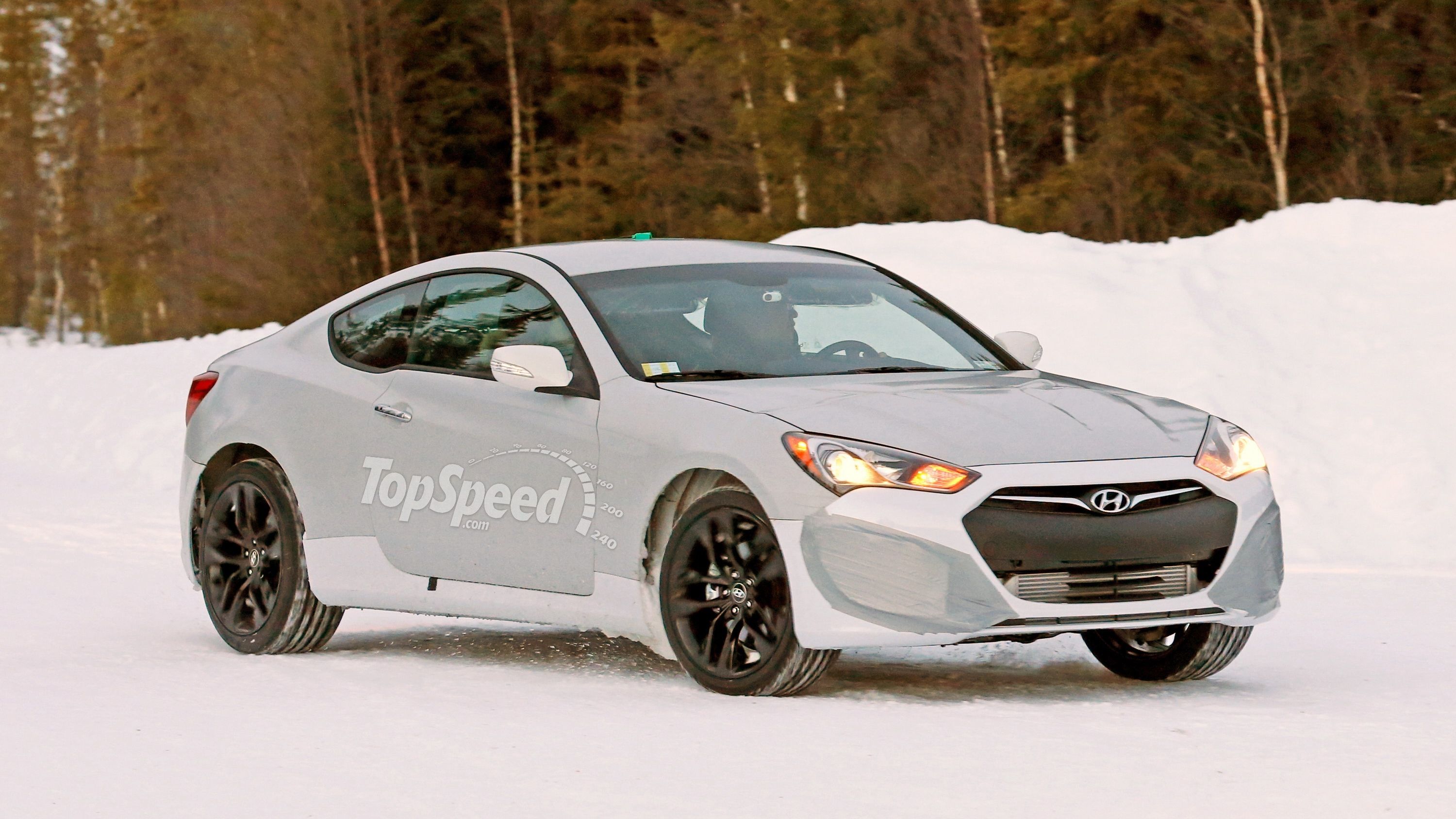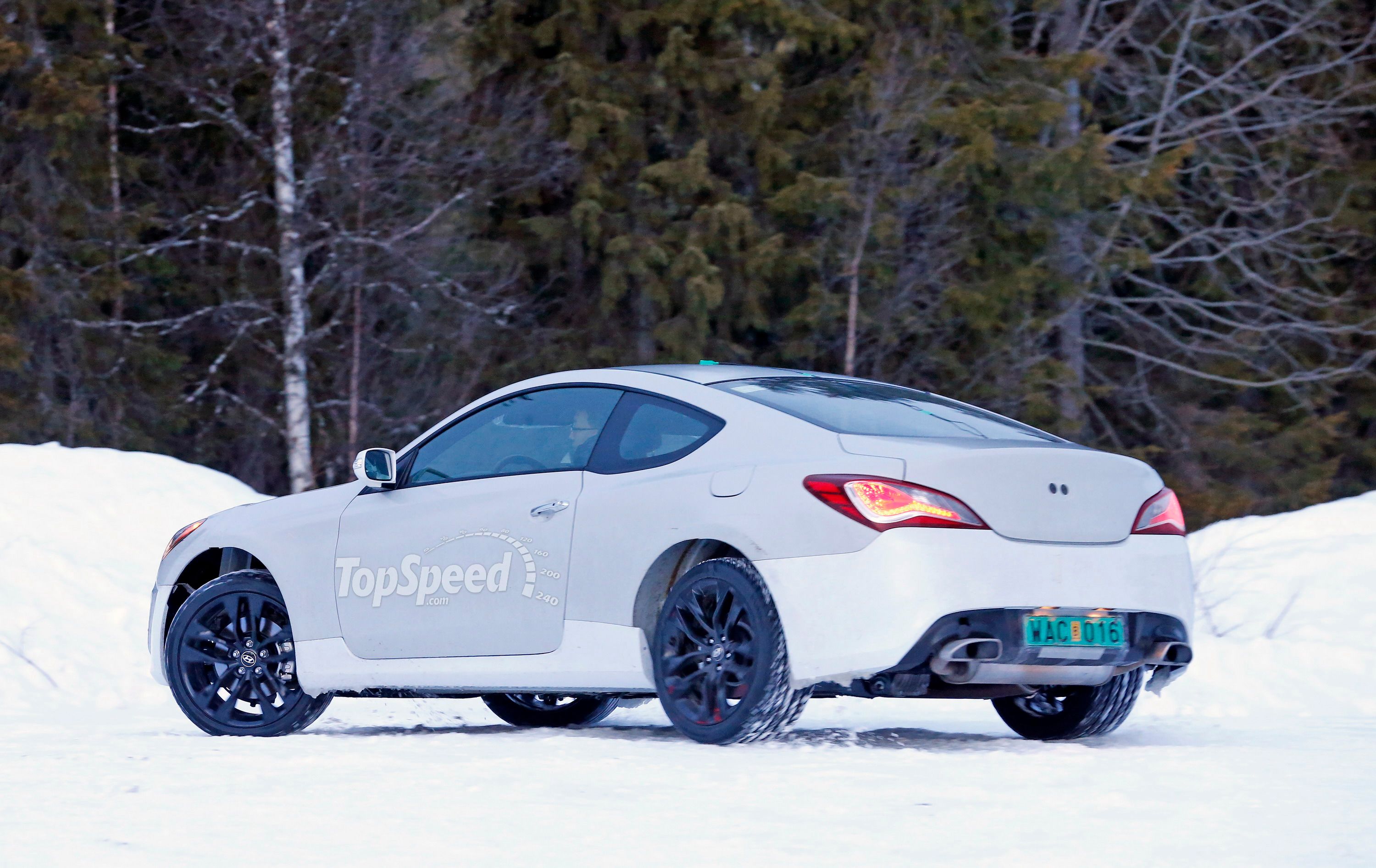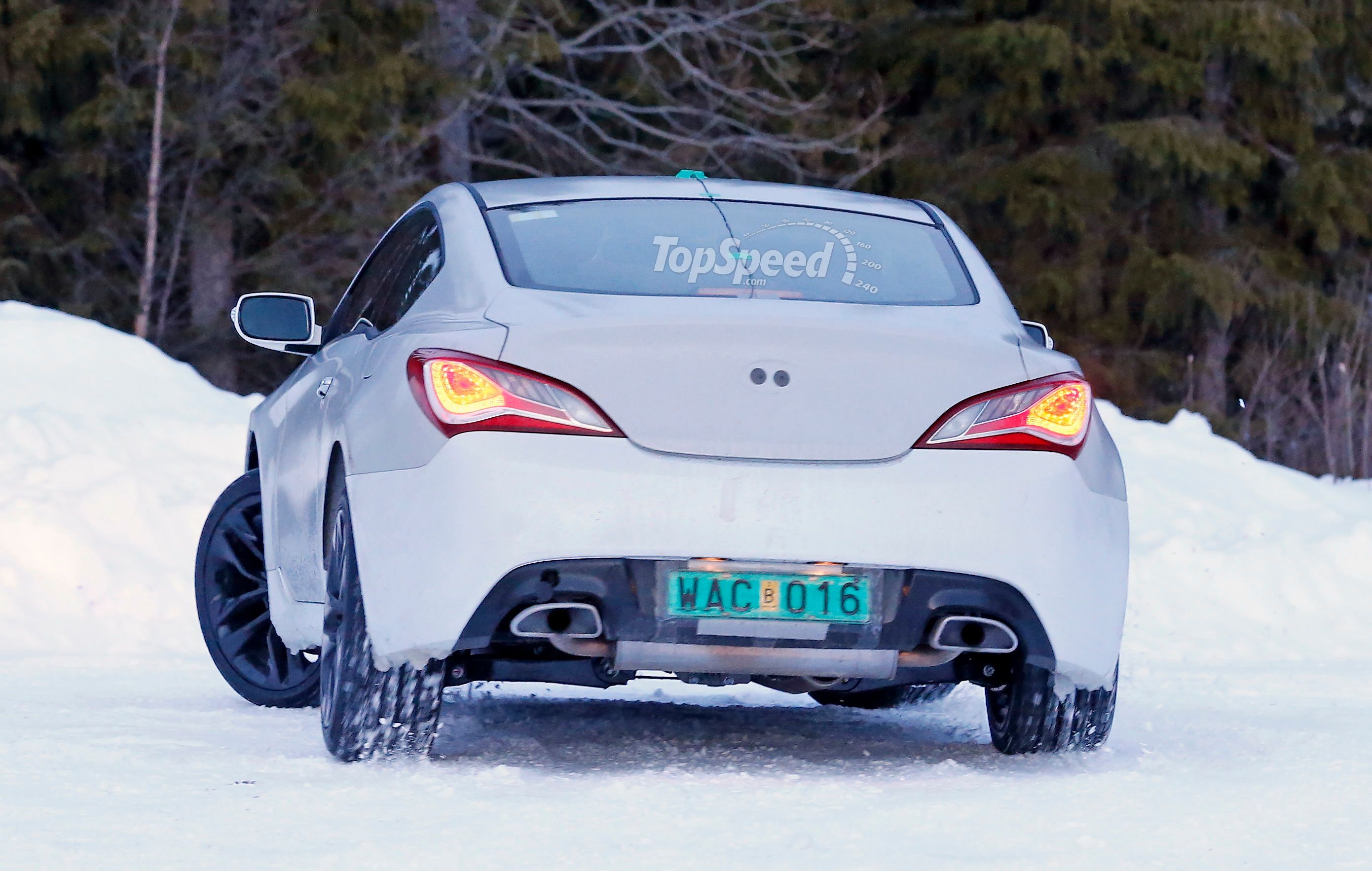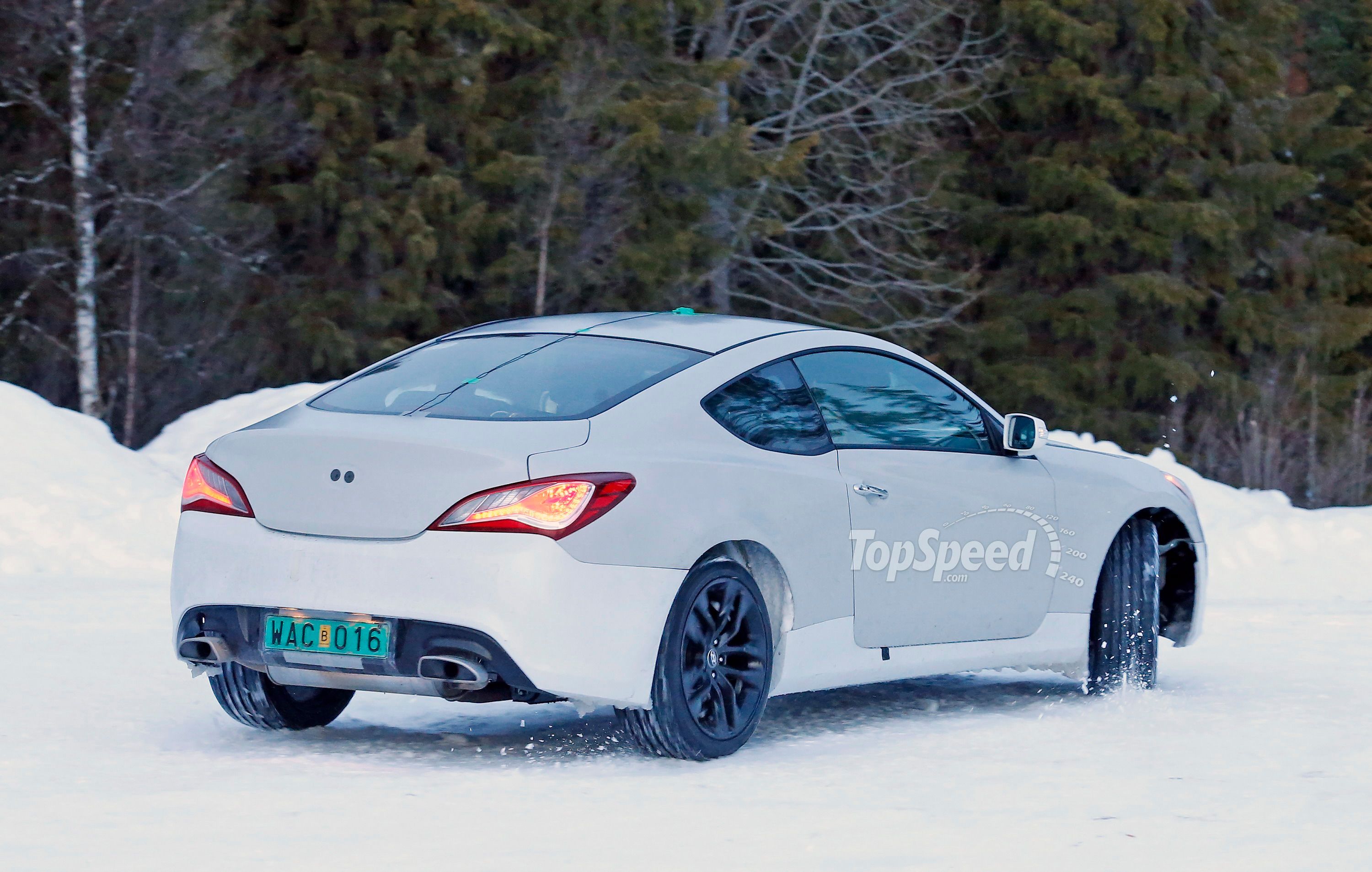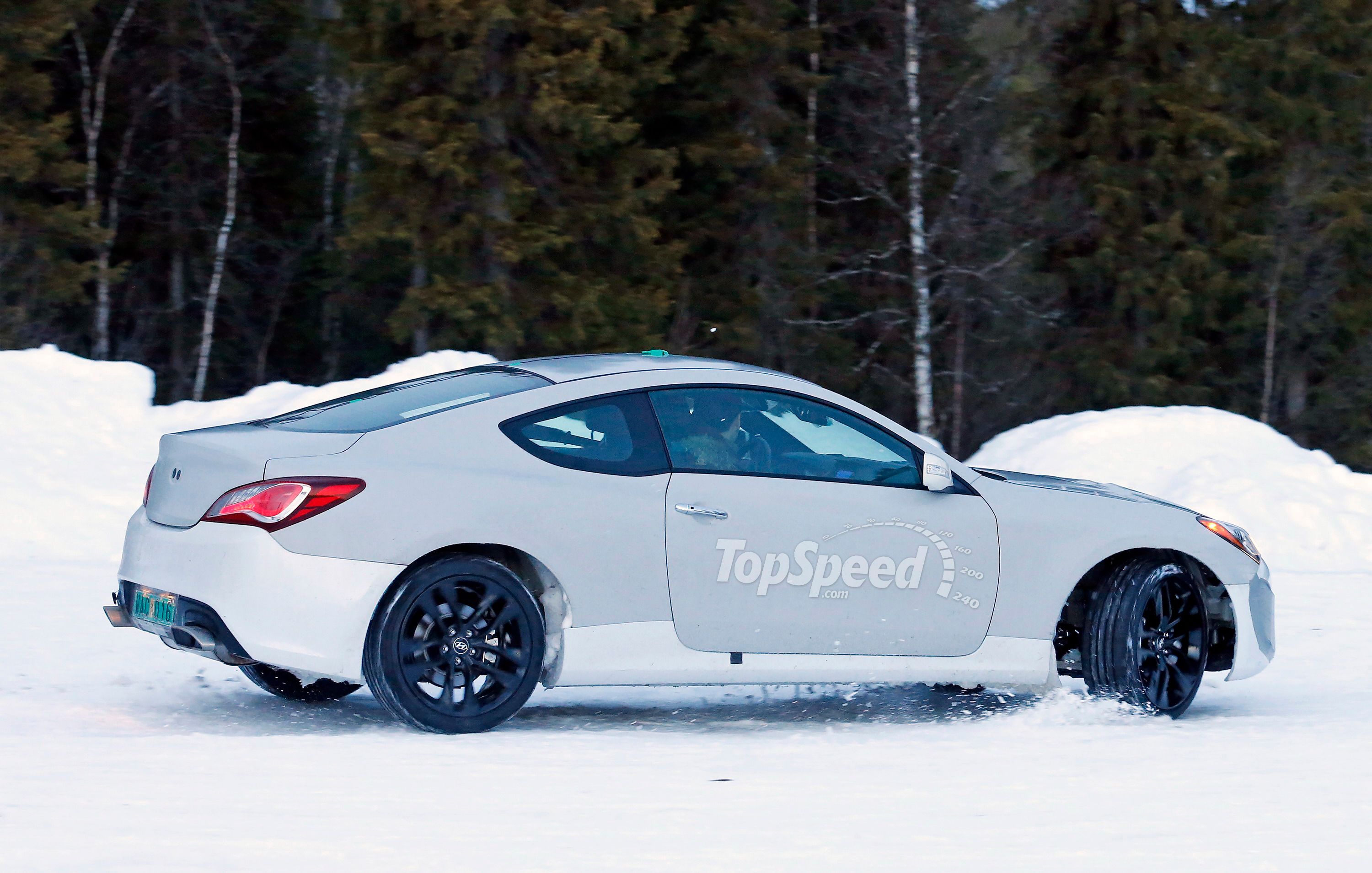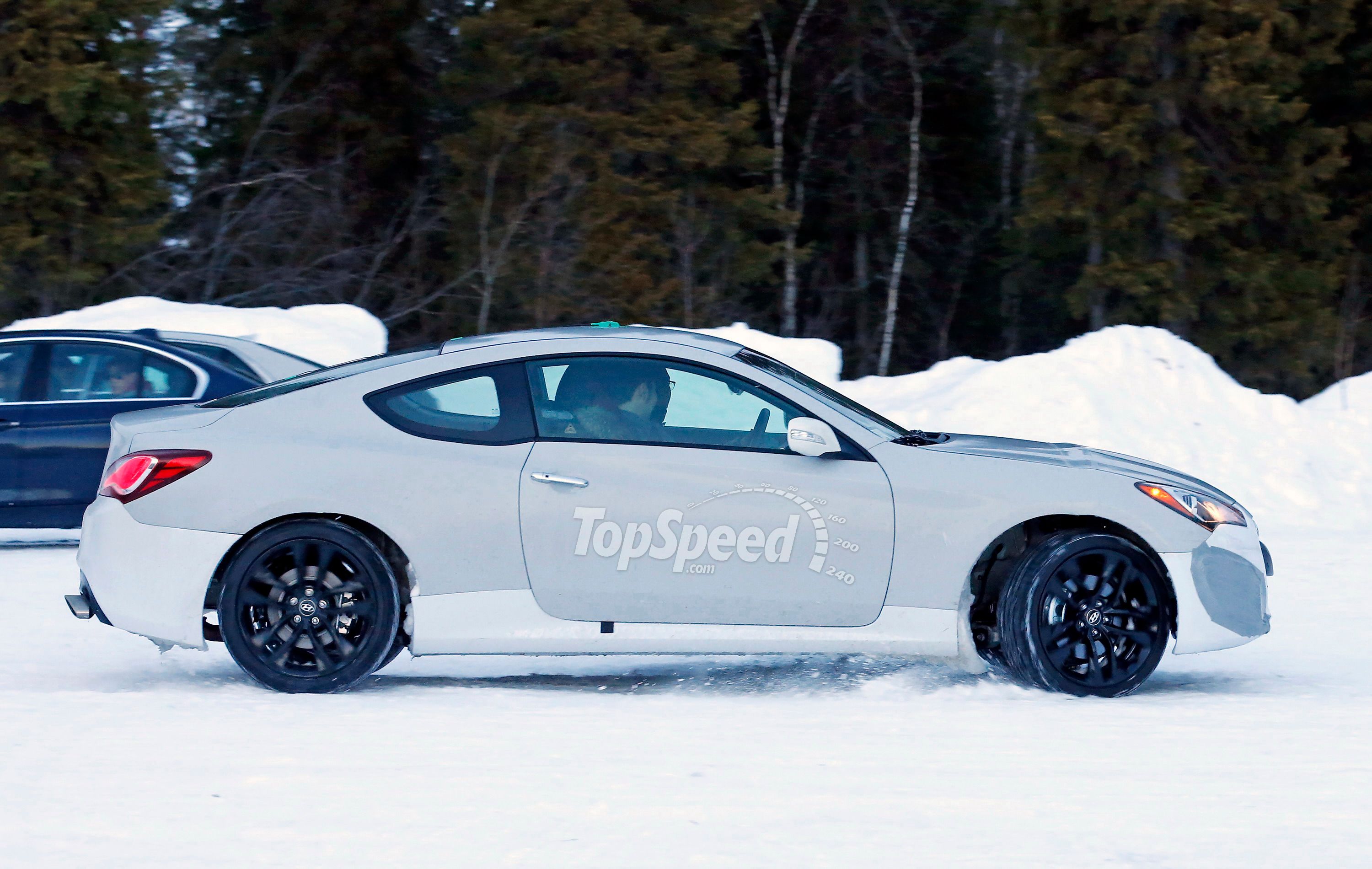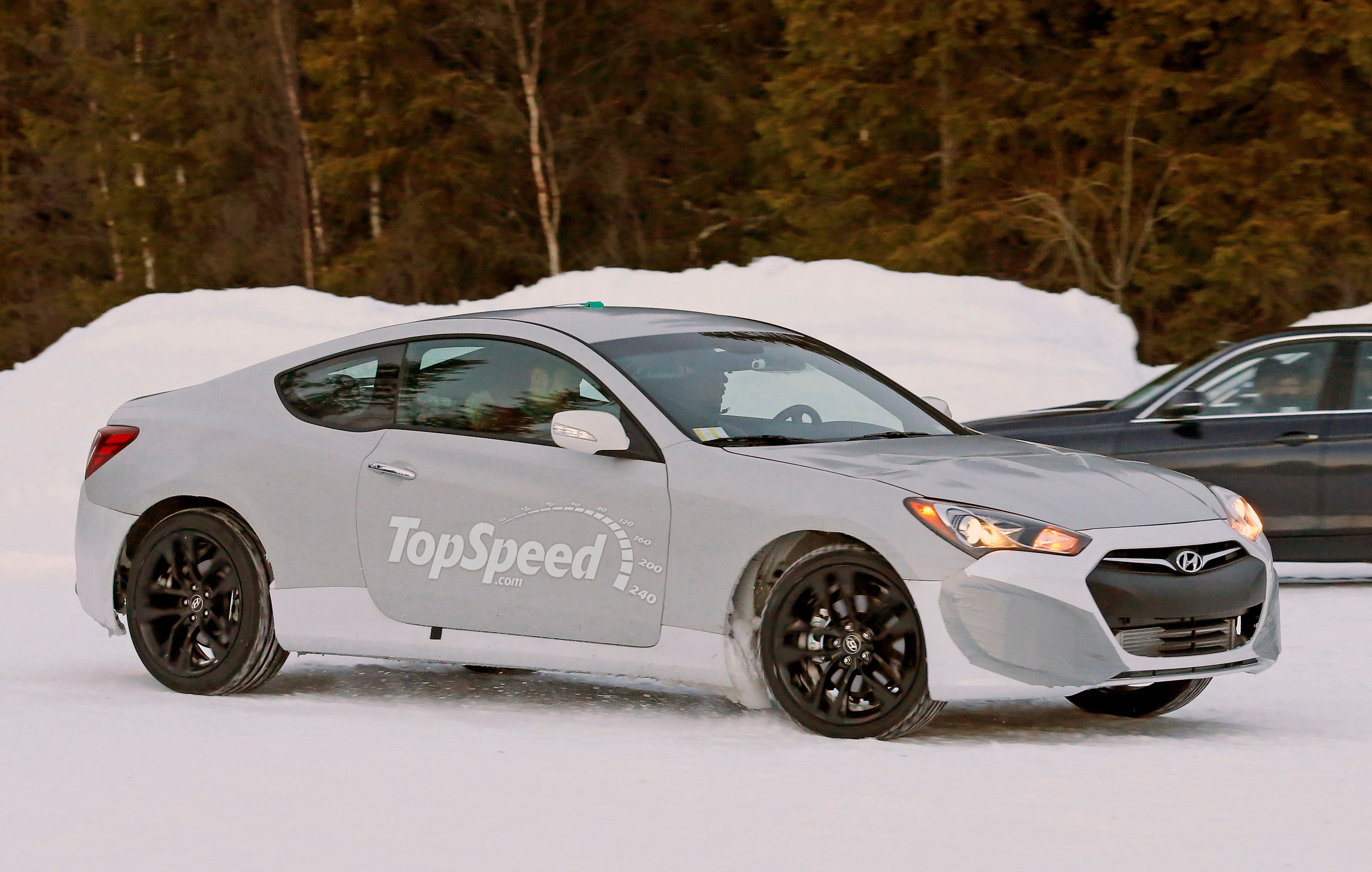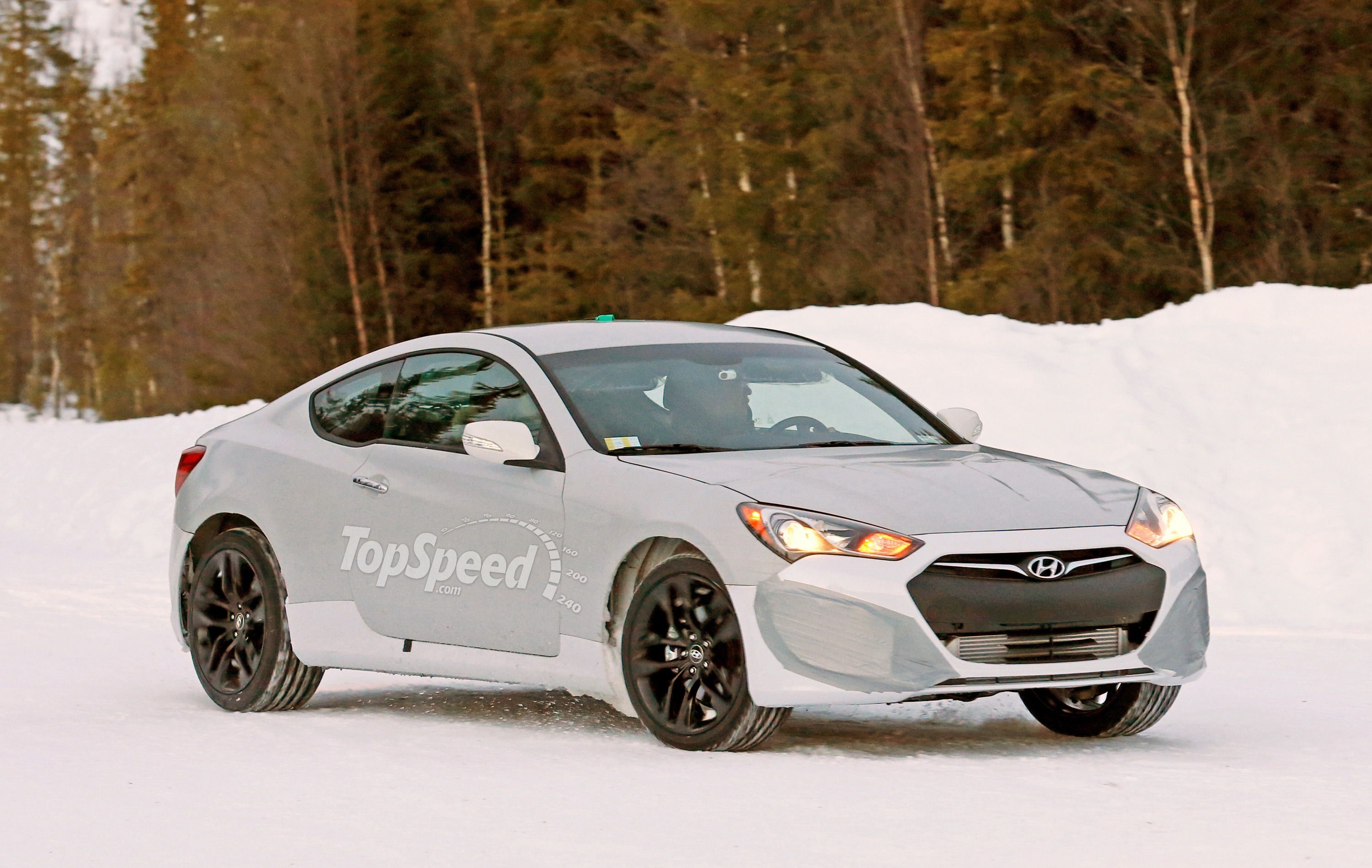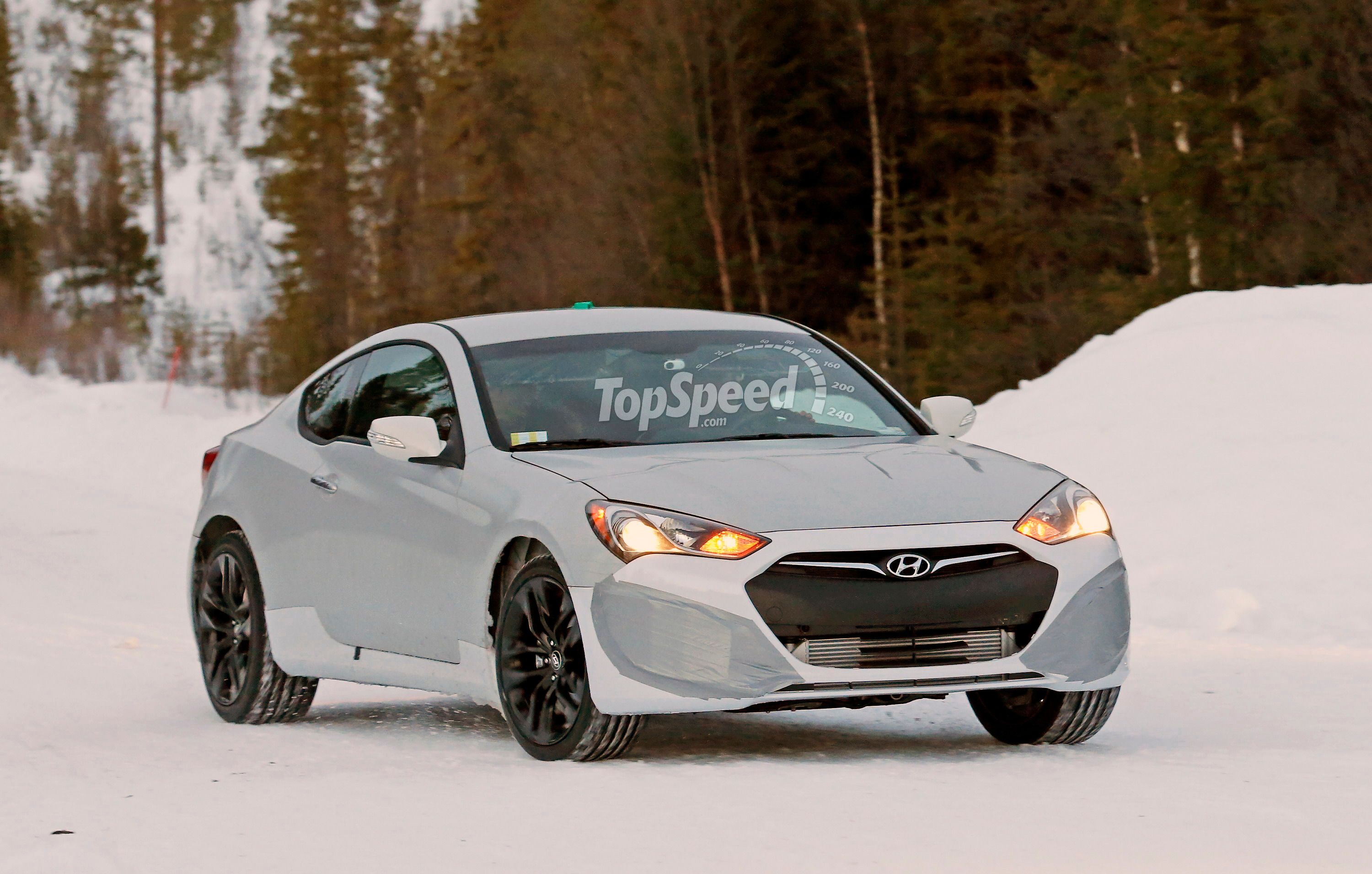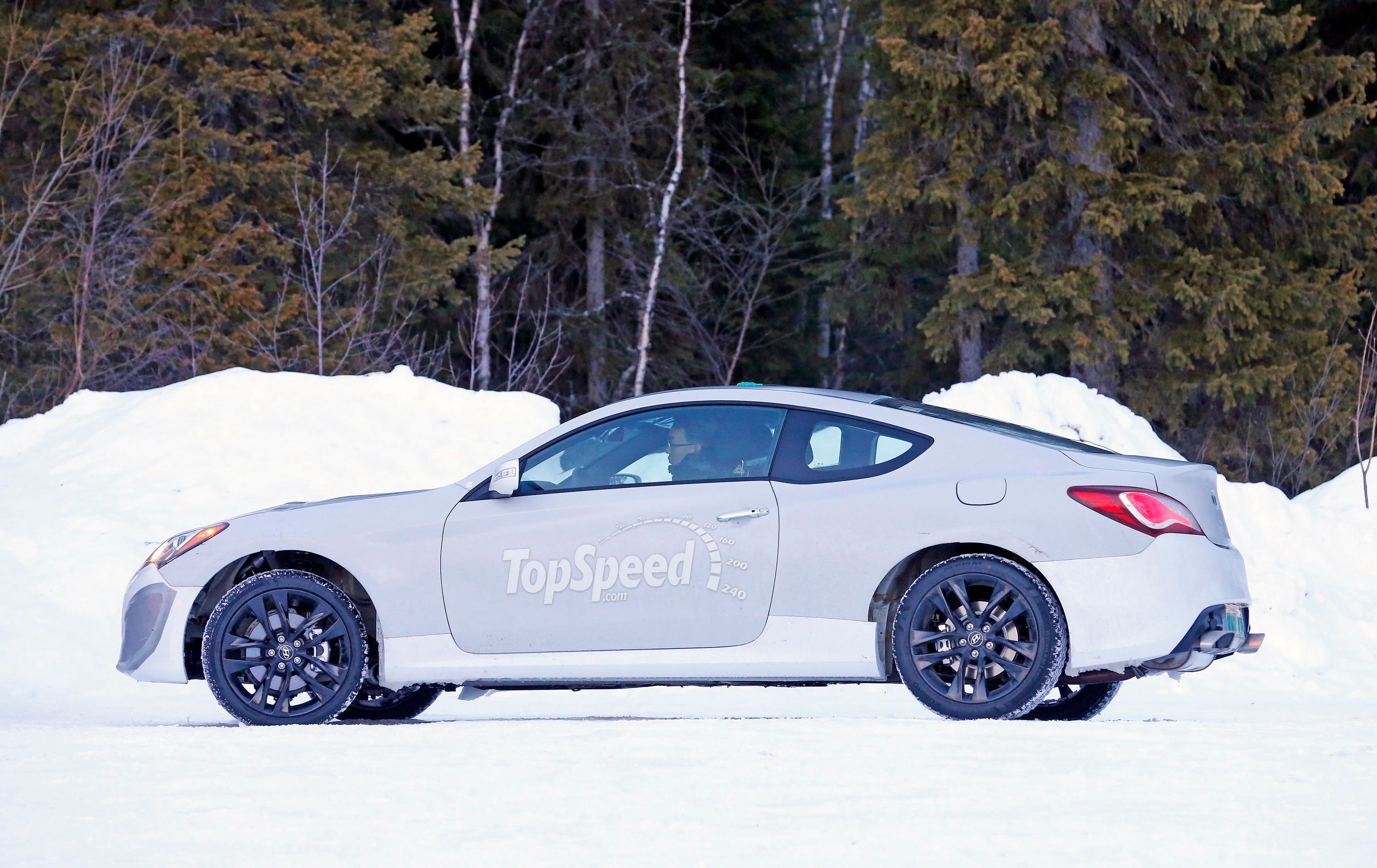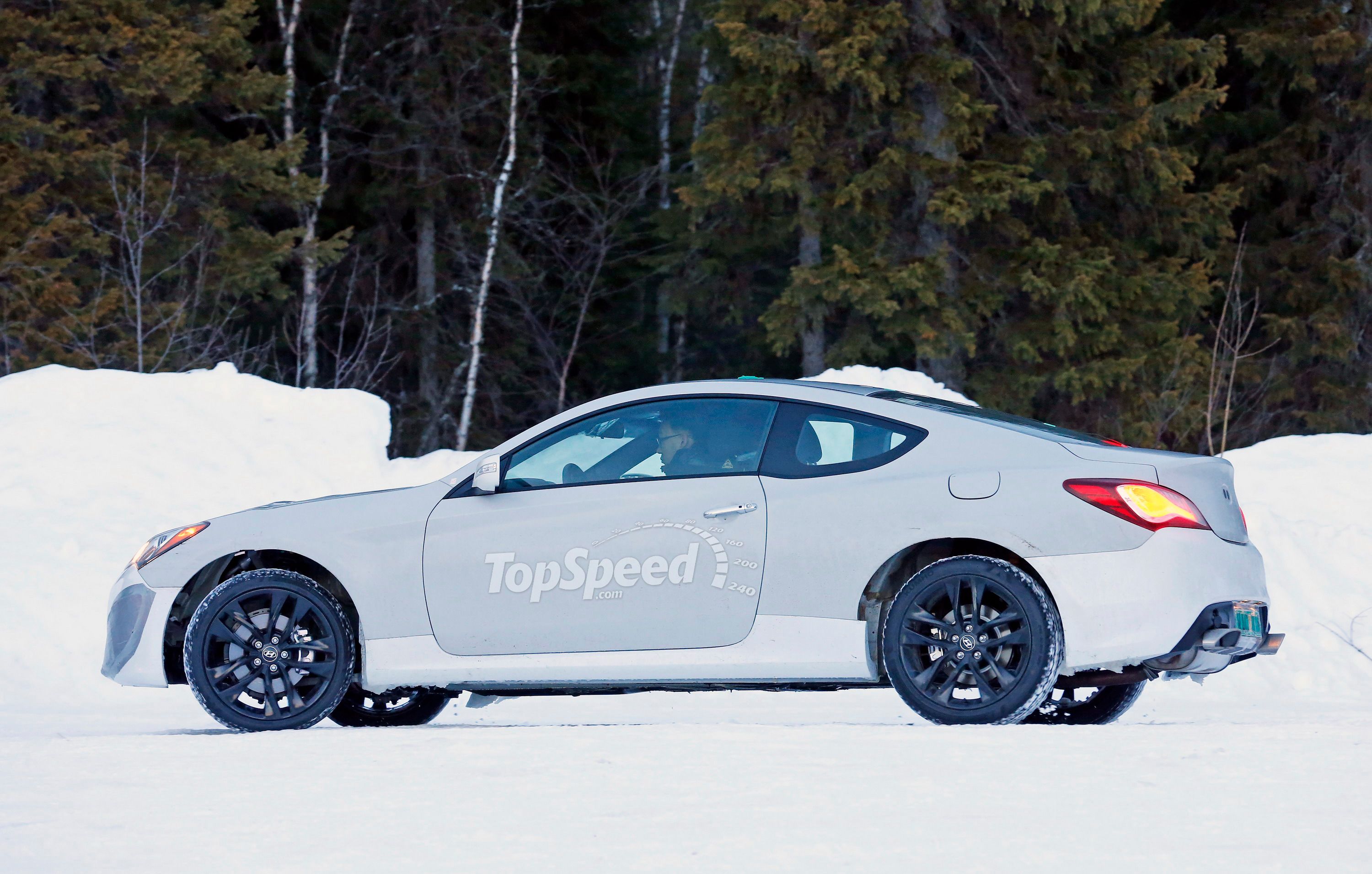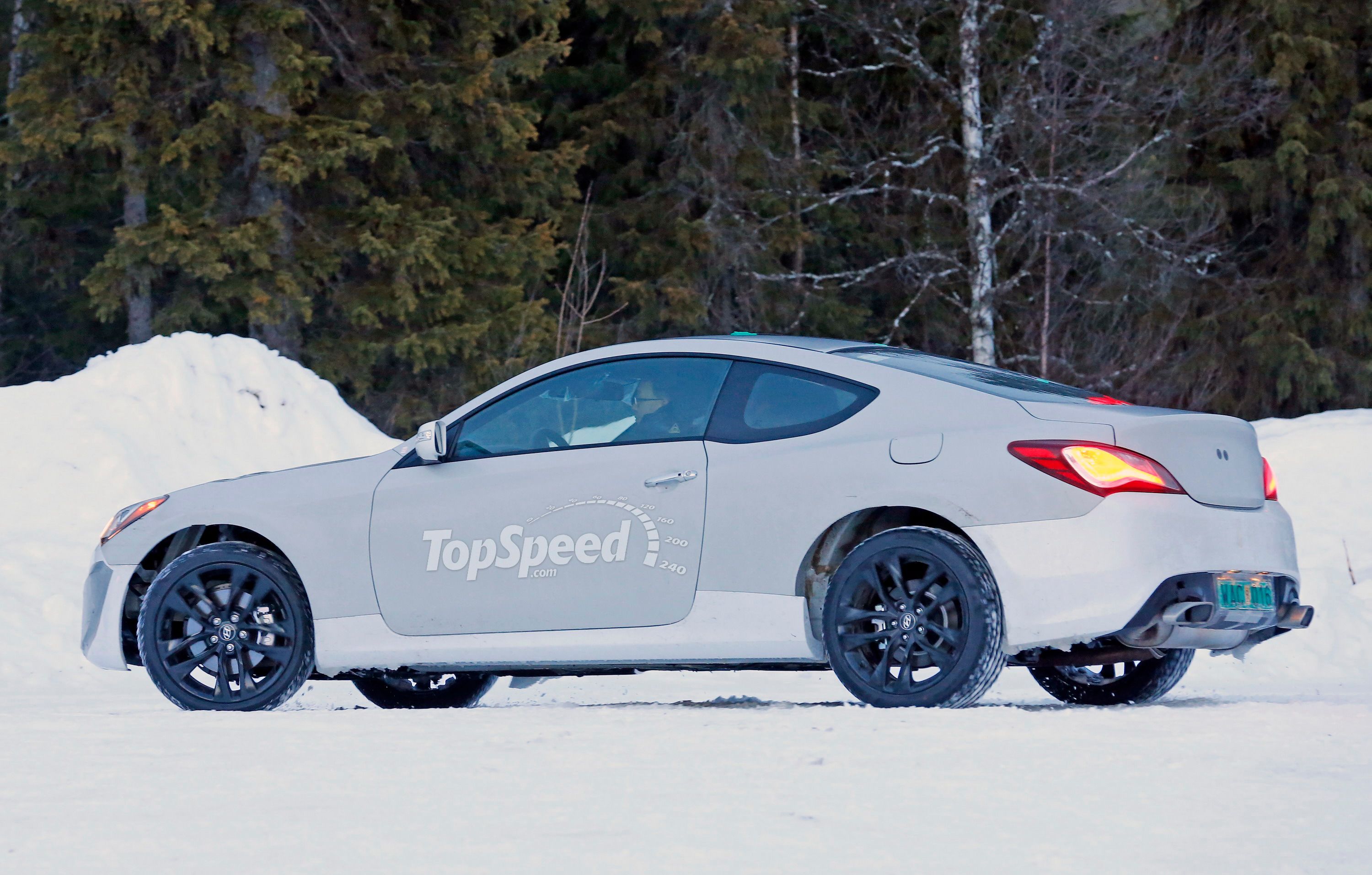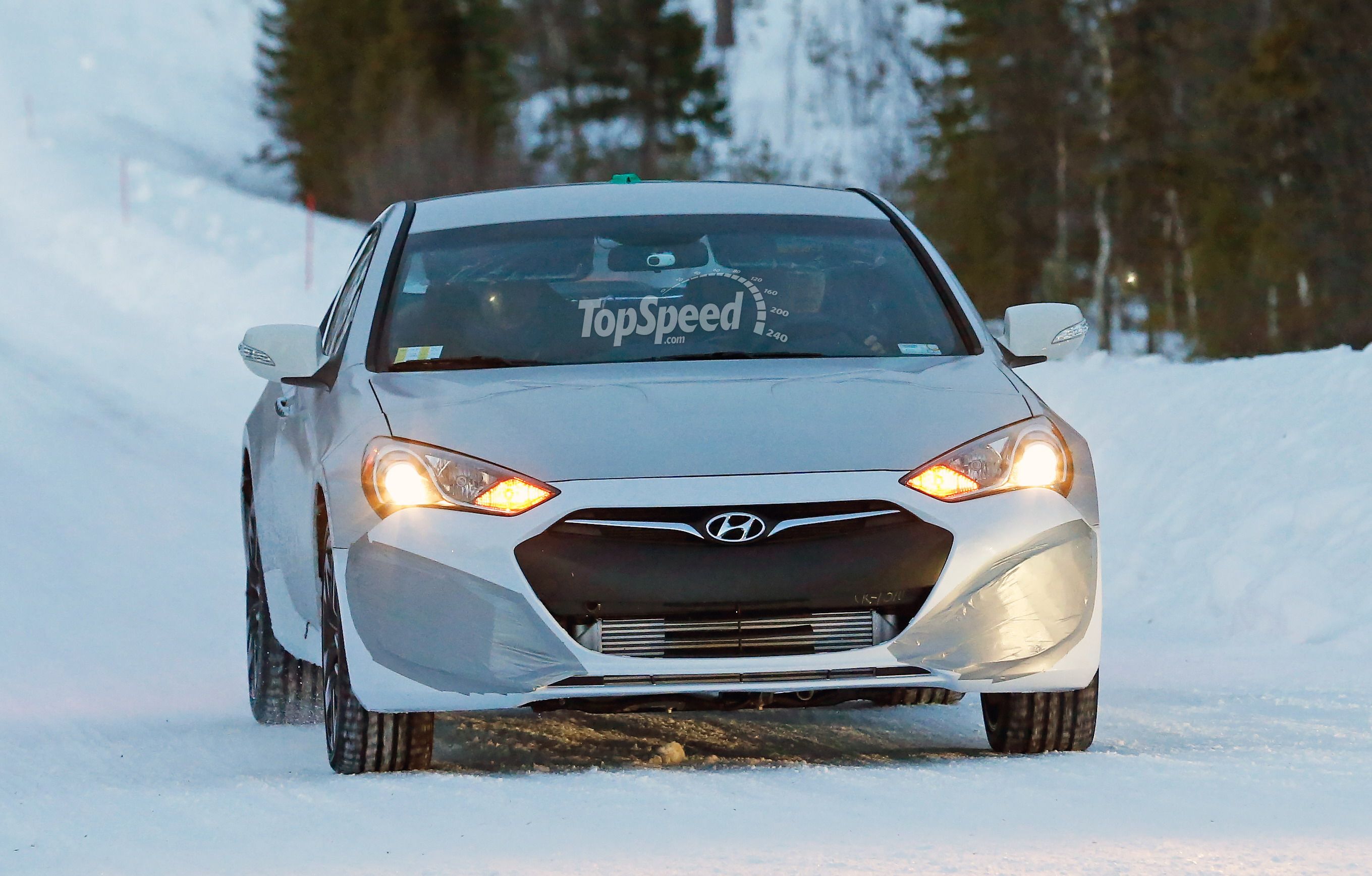These days, Hyundai->ke201 is one of the top brands. With several very good -- some excellent -- cars, Hyundai is now a legitimate competitor with the big boys. A major contribution to the brand's recent success has been the Genesis->ke2924 sedan and coupe, introduced in 2009 and 2010, respectively. While they share the same name, both cars are vastly different. The sedan is a large, rear-drive luxury model meant to take on the best mid-level offerings from Lexus->ke47, BMW->ke178 and Mercedes-Benz->ke187, while the coupe, also rear-drive, is smaller and vastly sportier, intended to sway buyers away from the Mustang, Camaro, and Nissan 370Z.
Hyundai has updated the Genesis coupe recently, and now the 2.0T produces an impressive 274 horsepower, while the big-daddy 3.8-liter, V-6 version now puts out a whopping 348 ponies. Both a six-speed manual and Hyundai’s in-house eight-speed automatic transmission are available in both models.
However, according to Autoblog, the 2.0T version will be dropped for the 2015 model year. Apparently, Hyundai wants to convey a premium image, and feels the V-6 version is the only one that will cut it. I tend to disagree, as small, turbocharged (read: efficient) motors are the latest fad these days.
While the updated design for 2013, featuring upgraded power ratings and styling updates was definitely noteworthy, expect a full redesign for the 2016 model year, with V-8 power from the company's proven TAU V-8 engine.
Click past the jump to read more about the 2016 Hyundai Genesis Coupe.
2016 Hyundai Genesis Coupe
- Make: Array
- Model: 2016 Hyundai Genesis Coupe
- [do not use] Vehicle Model: Array
Spy Shots
February 10, 2015 - First testing session
Exterior
Information is limited as of July 2014, but it seems Hyundai is upping its game with the redesign. Don't hold your breath for the Lamborghini->ke44-esque scissor doors, but expect the front and rear overhangs to mimic this concept design rather closely. While specifications haven't been officially released, sources hint at a larger design. Said larger design is claimed to accommodate four adults in comfort, while looking rather attractive in the process.
Drivetrain
While the addition of a V-8 engine is the most exciting news, the V-6 will also be replaced with a turbocharged, 3.3-liter variant, good for around 350 horsepower. Both should be lightning-quick.
While the current car is by no means sub-par, the new Genesis coupe should finally be a legitimate competitor to more expensive offerings. Throwing in a 420-plus-horsepower V-8 is bound to get anyones' attention, and will squarely face the Camaro and Mustang V-8s with similar output and likely similar performance.
Competitors
Chevrolet Camaro
Just refreshed for 2014, the Camaro enjoys styling upgrades and a slightly revised interior. The Camaro sells well, offering blistering performance with either the 323-horsepower, 3.6-liter V-6 or the mighty LS1 small-block, good for 420 horsepower. At the crazy end of the spectrum is the new, track-focused Z/28 model, featuring a 7.0-liter version of the small block V-8, shared with the previous-generation Corvette Z06.
Pricing is competitive, starting at $23,355, but can quickly balloon past $30,000 with options and past $70k for the Z/28. The Camaro is a solid choice in this segment, only marred by a somewhat dated-looking interior and less-than-ideal visibility due to the Transformer-esqe slot-car design.
Ford Mustang
The Mustang has been completely redesigned for 2015, featuring sharp new looks, an exciting, turbocharged, 2.3-liter, EcoBoost four-cylinder, and, finally, an independent rear suspension. The base V-6 and 5.0-liter V8 carryover, with the V-6 losing a few horsepower and the V-8 gaining a few. Expect around 300 and 420-horsepower ratings, respectively.
The new four-cylinder EcoBoost will produce more than 305 horsepower -- inside sources say that number will be closer to 350. The jury is still out whether the world is once again ready for a four-cylinder Mustang, but it should at the very least offer excellent performance combined with relatively decent fuel economy.
Prices will start at $23,600 for the base V-6 model. Expect to pay well over $30,000 for a well-optioned edition, and expect them to sell like hotcakes.
Nissan 370Z
The venerable Z-car has been around for a while now, and while not a new design, it is still an all-around good choice. The Z carries with it nearly as much heritage and history as the Mustang and Camaro, with a loyal fan-base. The legendary VQ-series, V-6 engine, good for 332 horsepower, is stronger than ever, and the car boasts impressive handling and tenacious grip.
There is even a track-focused NISMO model, featuring a 350-horsepower VQ variant, NISMO exhaust, and a number of aerodynamic and visual enhancements. The Nissan is also very refined, and, not surprisingly priced a bit higher, starting at $29,900. The NISMO edition is quite-a-bit more, starting at $43,020.
History
Introduced in 2009, the Hyundai Genesis coupe is a capable machine, but has enjoyed only moderate sales success. I have had experience with these cars in their first-generation guise, and have found them to be quite nice cars, but not exactly class-leading. While competent and based on a well-engineered platform, I found them to be slightly rough-around-the-edges.
The original 2.0T model was plenty peppy -- albeit powered by a rubberband-like turbocharged engine -- and had great handling. The 3.8-liter, V-6 version was a legitimate sports car, with a torquey engine, and capable of 0-to-60 times in the mid-five-second range. The Genesis coupe was also priced competitively, undercutting several rivals. Unfortunately for Hyundai, many consumers were willing to pay more to buy a Mustang or Camaro with a V-8, or a more refined Nissan 370Z.
Do you think that an updated design and class-competitive V-8 will ensure better sales? Let us know in the comments section!
Hyundai HND-9 Concept

